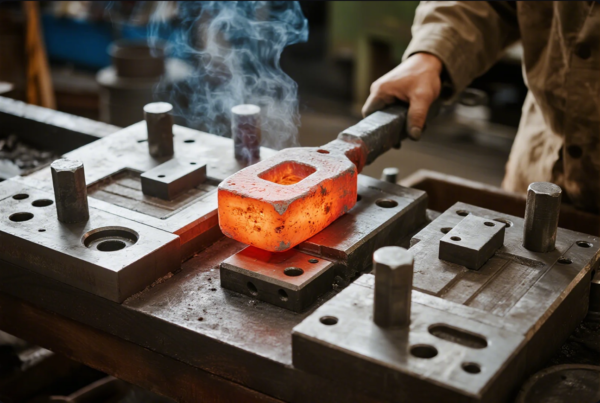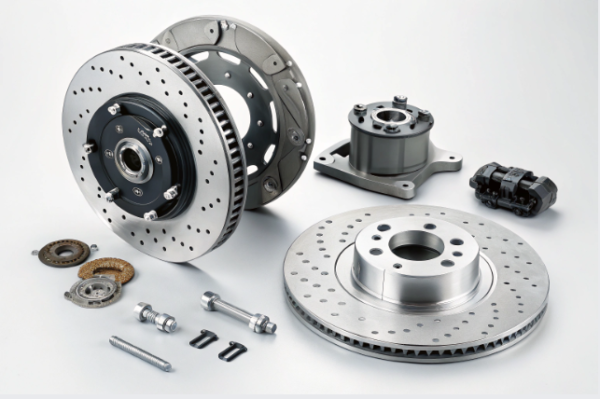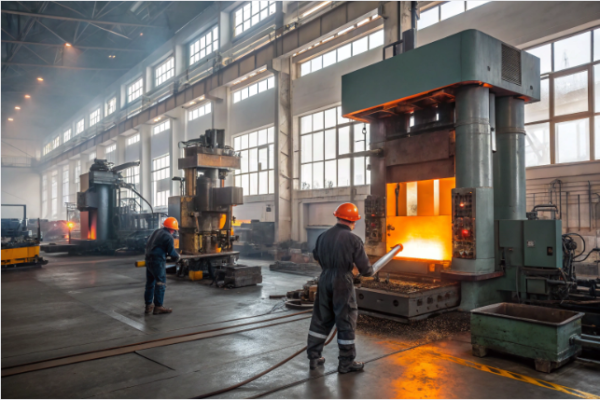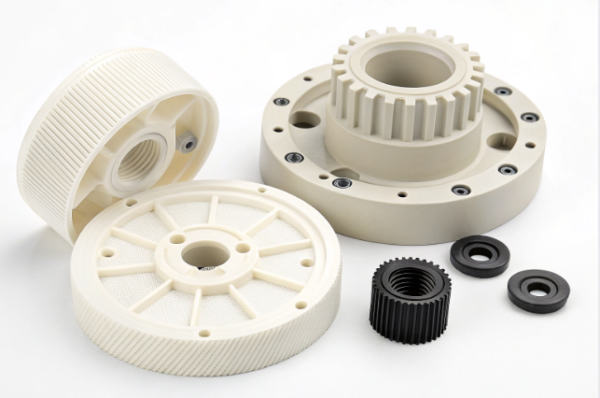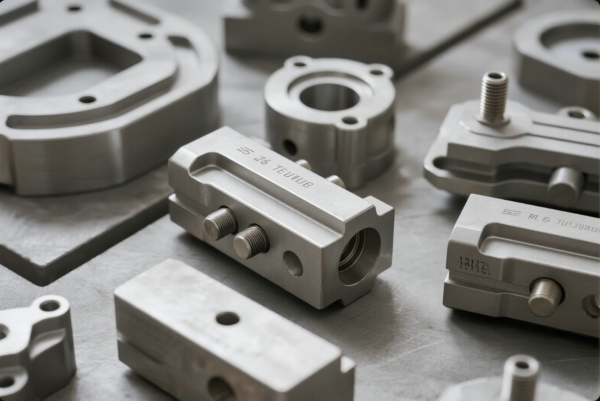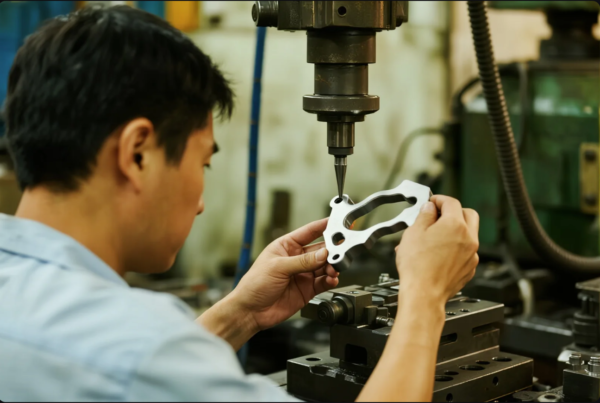What Is the Best Fastener for Metal to Metal?
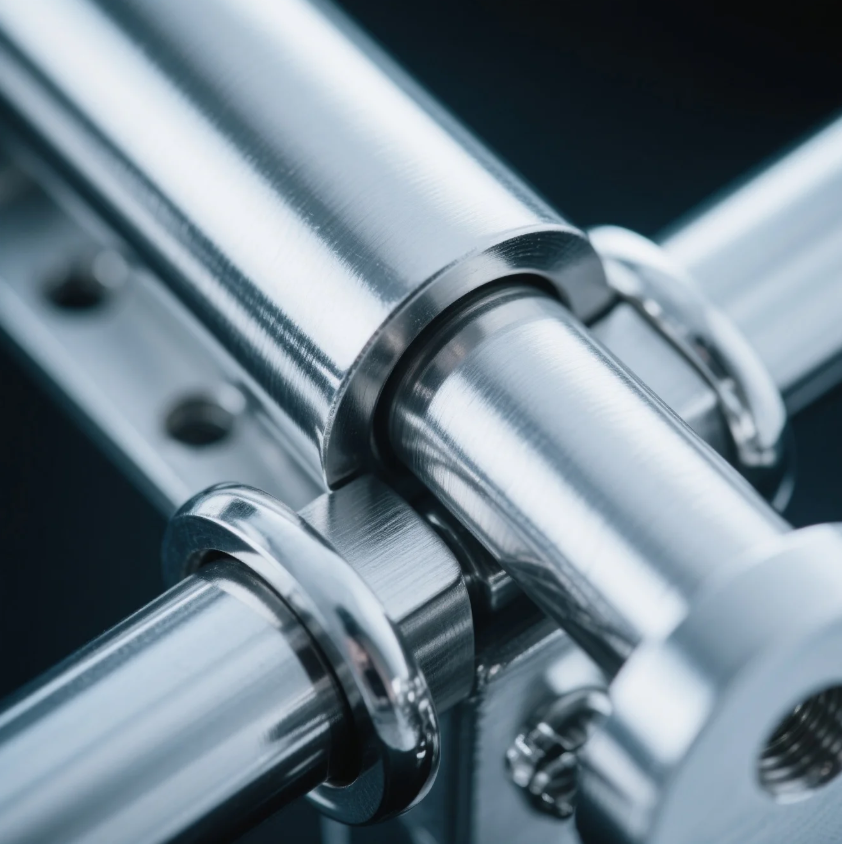
Leading paragraph: Fastening metal to metal can be a challenging task, requiring the right fastener to ensure a strong, secure connection. Choosing the correct fastener depends on the type of metal, application, and required strength.
Snippet paragraph: The best fasteners for metal-to-metal connections depend on the application. Common fasteners include screws, bolts, rivets, and welding, each with its advantages for different metal types and tasks.
Transition paragraph: Let’s explore the best ways to fasten metal to metal, including the types of fasteners that work best for different applications and the advantages of each method.
What Is the Best Way to Fasten Metal to Metal?
Leading paragraph: Fastening metal to metal requires selecting the right fastener based on strength, material, and ease of use. Several options are available, each suitable for specific needs.
Snippet paragraph: The best way to fasten metal to metal involves choosing the appropriate fastener, such as bolts, screws, or rivets, depending on the project’s requirements. Welding is also a viable option for permanent connections.
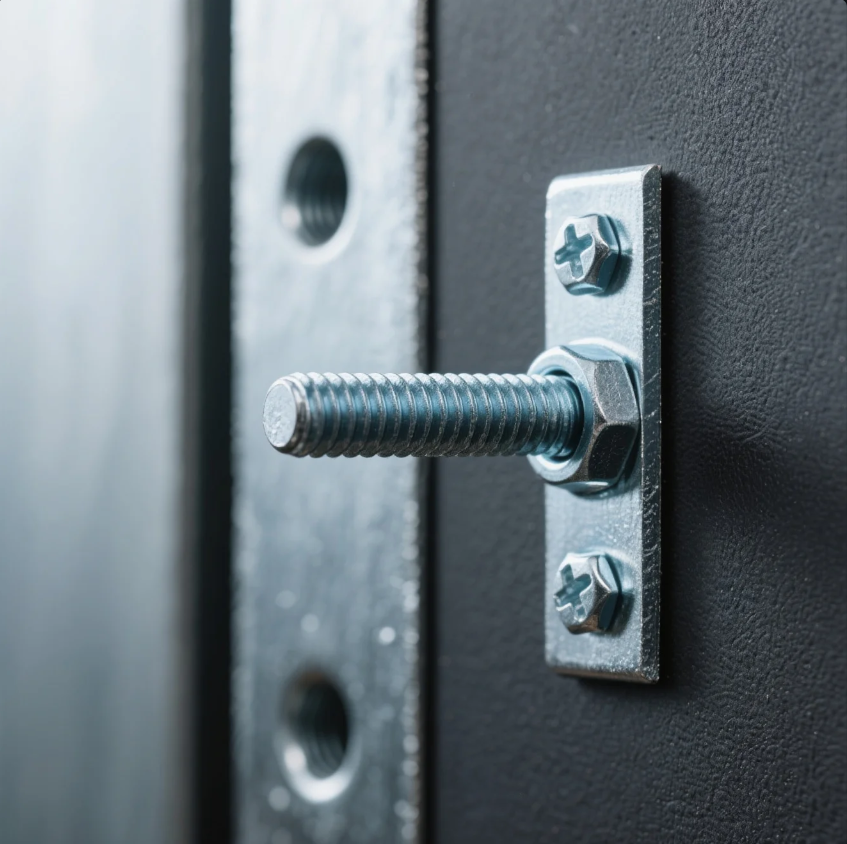
Dive-Deeper paragraph: When fastening metal to metal, it’s essential to understand the requirements of the project. For permanent bonds, welding is an ideal option, as it fuses metals together at the molecular level. However, for more temporary connections or where welding is not feasible, screws, bolts, and rivets are great choices.
- Screws and Bolts: These are commonly used for metal-to-metal connections, offering flexibility and ease of disassembly. Bolts are ideal for heavy-duty applications, while screws are suitable for lighter applications.
- Rivets: Rivets are commonly used in applications requiring permanent, vibration-resistant fastenings, such as in aircraft or heavy machinery.
Factors to Consider When Choosing a Fastener
- Strength and Load: For heavy-duty applications, bolts or rivets are better suited. Screws are good for light to medium-duty projects.
- Disassembly Needs: If the connection needs to be undone, screws or bolts are preferable.
- Environmental Conditions: If the connection will be exposed to high temperatures or corrosion, consider using stainless steel or other corrosion-resistant materials.
What Is the Best Thing to Attach Metal to Metal?
Leading paragraph: To securely attach metal to metal, choosing the best attachment method depends on your specific requirements—whether you need a permanent or temporary connection, or a high-strength bond.
Snippet paragraph: The best way to attach metal to metal is by using strong fasteners like bolts, screws, or welding. The method will depend on the type of metal and the application’s strength requirements.
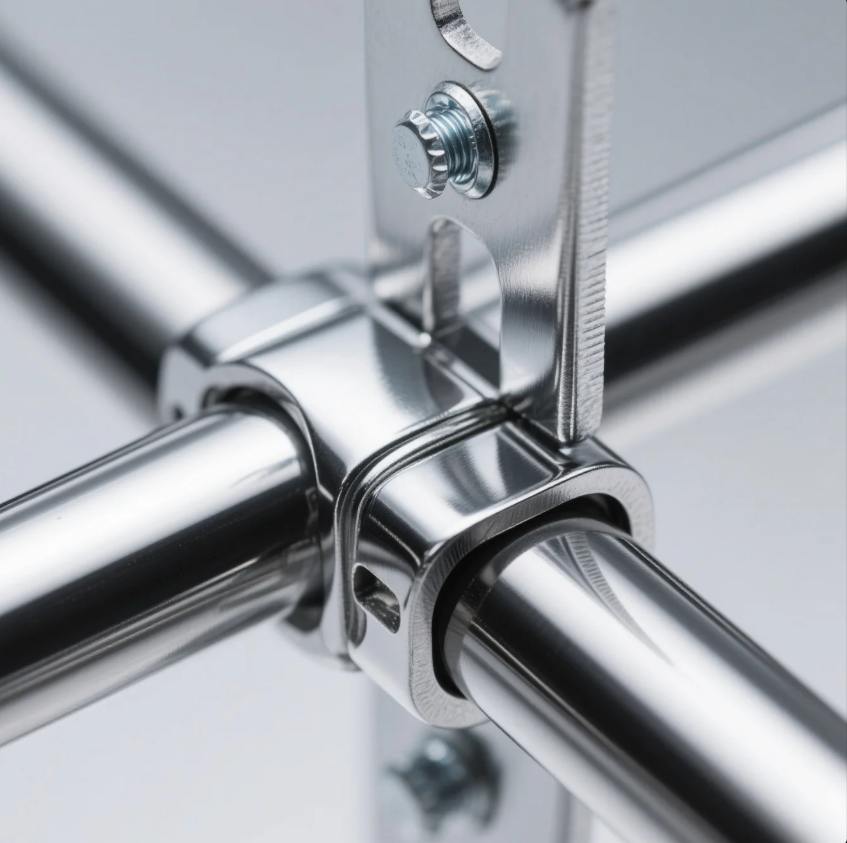
Dive-Deeper paragraph: The best attachment method for metal-to-metal connections often involves using fasteners like bolts, nuts, screws, and rivets, or applying welding techniques for permanent bonds.
- Welding: For the strongest and most permanent attachment, welding is the most effective method, especially for critical structural applications.
- Bolts and Nuts: These fasteners offer a secure and easily adjustable connection, ideal for large or heavy metal pieces.
- Screws: Screws work well for lighter applications or where the ability to remove or adjust the connection is important.
- Rivets: Rivets are ideal for applications where a permanent and vibration-resistant bond is necessary, such as in metal roofing or aerospace applications.
Welding vs. Fasteners
While welding offers a strong, permanent connection, fasteners such as screws and bolts allow for easier adjustments or disassembly in certain applications. The choice between these methods depends on the long-term needs of the project.
What Is the Best Screw to Attach Metal to Metal?
Leading paragraph: When choosing a screw to fasten metal to metal, selecting the right type and size is key to ensuring a strong, secure hold. Several types of screws are designed specifically for metal.
Snippet paragraph: Self-tapping screws and machine screws are often used for metal-to-metal connections. Self-tapping screws are ideal for softer metals, while machine screws work well with nuts for more robust applications.
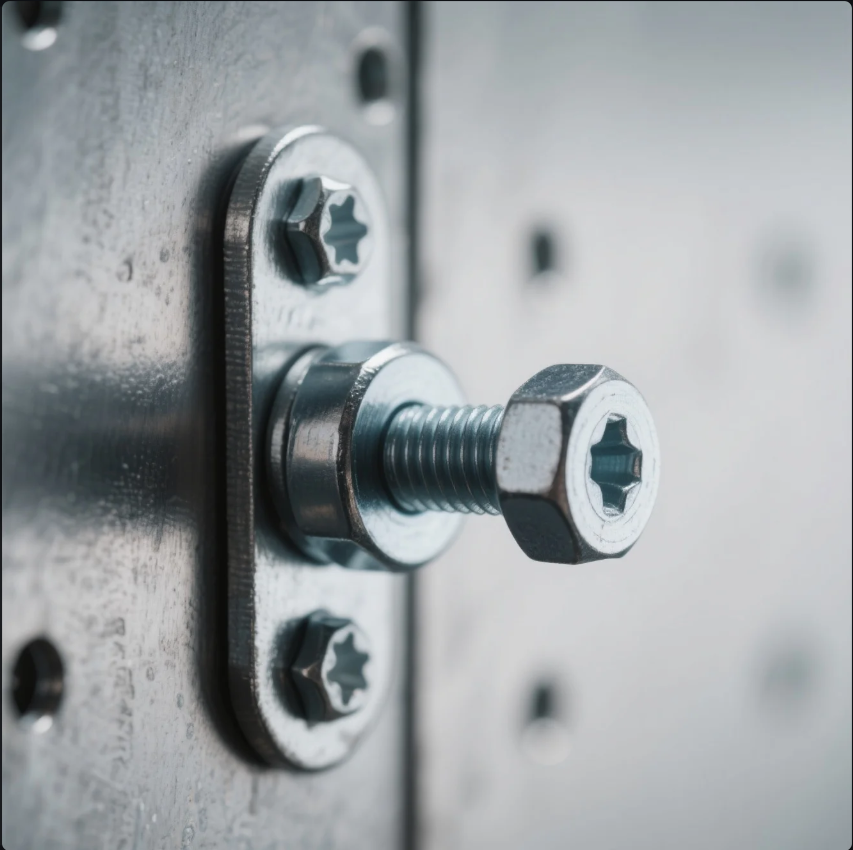
Dive-Deeper paragraph: The best screw for attaching metal to metal often depends on the type of metal and the project requirements.
- Self-Tapping Screws: These screws are designed to create their own thread as they are driven into the metal. They are particularly useful for softer metals like aluminum or thin sheet metal.
- Machine Screws: These screws are often used with nuts and washers for a strong, secure connection, especially in applications requiring higher strength. They are ideal for heavier metals like steel and are frequently used in industrial settings.
Types of Screws for Metal
- Self-Tapping Screws: Used for quick and easy fastening in thin metal sheets.
- Machine Screws: Provide a stronger connection and are used for more durable applications requiring a nut for secure attachment.
- Lag Screws: Large, heavy-duty screws used for fastening metal to wood or masonry, though less common for metal-to-metal applications.
What Is the Best Way to Attach Two Pieces of Metal Together?
Leading paragraph: When joining two pieces of metal, the best method depends on the materials, required strength, and the permanence of the connection. Let’s explore the top options for metal-to-metal attachment.
Snippet paragraph: The best way to attach two pieces of metal is either through welding for permanent connections or using fasteners like bolts or screws for adjustable or temporary bonds.
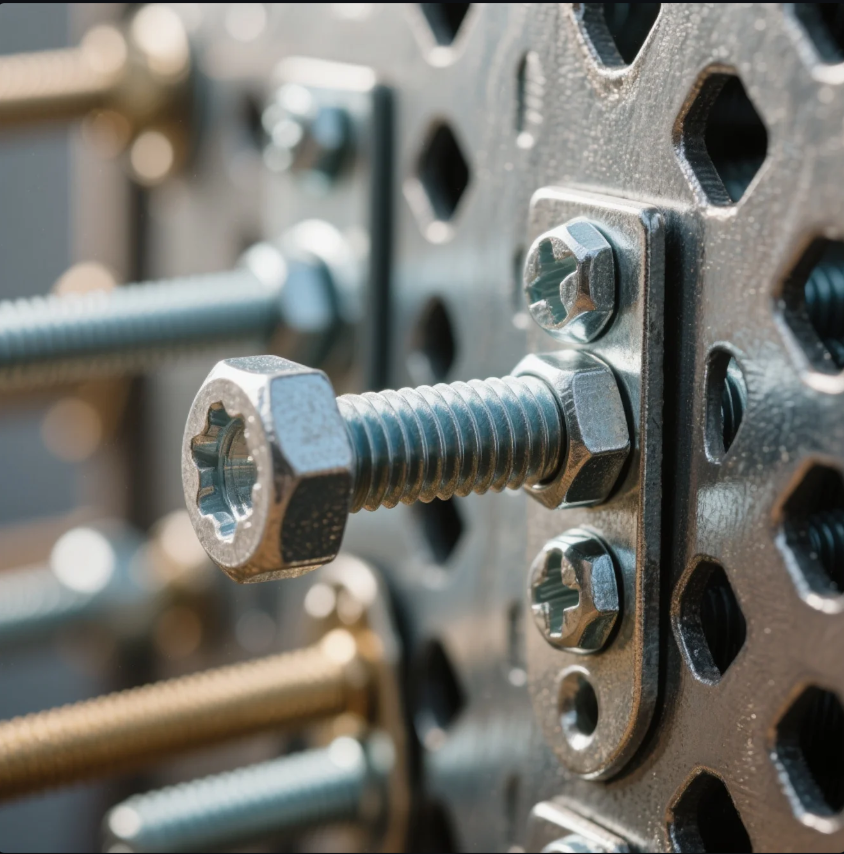
Dive-Deeper paragraph: There are several effective ways to attach two pieces of metal, depending on the application:
- Welding: Provides a permanent, strong bond by fusing the metal together at the molecular level. It is the preferred method for structural and high-strength applications.
- Bolts and Nuts: Bolts are a strong, adjustable option, ideal for large pieces of metal that need to be disassembled or adjusted over time.
- Rivets: Rivets are used for permanent, vibration-resistant connections and are commonly used in industries like aerospace, automotive, and construction.
Choosing the Right Attachment Method
When deciding on the best way to attach two pieces of metal, consider the project’s strength requirements, the need for future adjustments, and whether the connection should be permanent. Welding is ideal for permanent bonds, while fasteners are better for connections that require flexibility.
Conclusion
The best fastener for metal-to-metal connections depends on the specific requirements of the project. Whether you choose welding, bolts, screws, or rivets, the key is selecting the right method for your application’s strength, durability, and flexibility needs. For high-quality fasteners and professional advice, contact Prime. We offer a wide range of custom solutions for metal fastening, ensuring fast delivery and top-notch service.
TEMPLATE_END

